On the last day of the Deliberate Creativity Workshop, participants gave life to their ideas engaging in four different activities:Visualizing, Visioning, Building, and Storytelling.
Visualizing. Each participant created a collage of their own idea using magazines to transform words into visuals. This exercise was followed by an energetic speed-dating feedback session – another of my classics. Participants were paired up and sat in front of another person, having two rows of people: Participants A and B. Then, each Person A had 90 seconds to explain their idea to the Person B. Using Edward De Bono’s Six Thinking Hats technique, Person A received structured feedback from Person B during three minutes – 45 seconds for each hat – without intervening, only taking notes. Multiple rounds with different people helped each person refine their project pitch and reflect on the idea.
Visualizing & Visioning. Using Legos and Duplos, participants built two models: (1) today’s world where the problem they wanted to address was present, and (2) the world in the future where the problem did not exist anymore. This exercise, also inspired by my visit to the CPSI Conference and the Serious Lego Play session, helped participants think more conceptually about the project and the idea they were proposing.
Visioning. After these exercises, participants had some time to reflect on the ideas and feedback they received and dive deeper into visioning. We gave each person an A4 template to complete with the idea name, one sentence description, and as many details as they could using the 5Ws and 1H: key component parts, dimensions, parties involved, main functions, timeframe, materials, colors, sounds, etc. This part of the process was essential to help crystallize ideas into solutions – by thinking about details, ideas grow, change, and evolve. Some of the ideas included a community-driven service called “Enredadas” focused on supporting neighbors; a physical and temporal space focused on fostering freedom, play, and creative thinking called “Libertad para ser niños” (Freedom to be Children); a methodology to increase self-worth called “Tini-Creativity;” and a wearable product to increase and encourage open mind-ness and flexible thinking called “Mind Band Aid.”
Building. The last activity focused on creating a short skit or play to communicate someone else’s idea only using paper and tape to build key elements or small scenography. Working on someone else’s ideas is a great way to help participants detach from the project, and be less judgmental about what to do. This activity also helps the idea owner see their project in a new light and think about things they haven’t thought before.
Storytelling. Each participant presented a 4-minute play about their assigned project. Everyone did an excellent job extracting and synthesizing the essence of the project. Many created objects made of paper, others opted for a monologue, and others added music and invited the group to be part of the play. These final images summarize the positive and relaxed energy of the group, where each person felt comfortable to communicate in their own way. Participants felt free to explore with the assigned project and materials as when they were a child: they tinkered, played, sang, and laughed. This was the ultimate goal of the workshop: empower participants from the inside out so they can embrace who they are.
We wrapped up the workshop with the second divergent thinking (DT) exercise. This time participants had to generate uses for an empty water canister. Results from the first DT exercise had been good in that many participants were able to generate 15 or more ideas, which could had made see progress hard. However, results from the last DT exercise were surprising in a positive way: none of the participants generated fewer ideas than on Day 1, many generate 20 or more ideas, and many participants expressed that they were able to use some of the techniques saw throughout the workshop when they felt blocked or stuck. Remarkably, the quality and diversity of the ideas increased significantly. Many participants shared ideas that would be described as “amoral” or “unethical” which can be the hardest types of ideas to generate.
DT exercise results together with participants’ comments and reflections about the experience indicated the success of the workshop: participants have started to identify their personal mental blocks and give themselves permission to imagine and generate imaginative ideas, while practicing strategies to work around their internal barriers. Overall, a very rewarding experience.
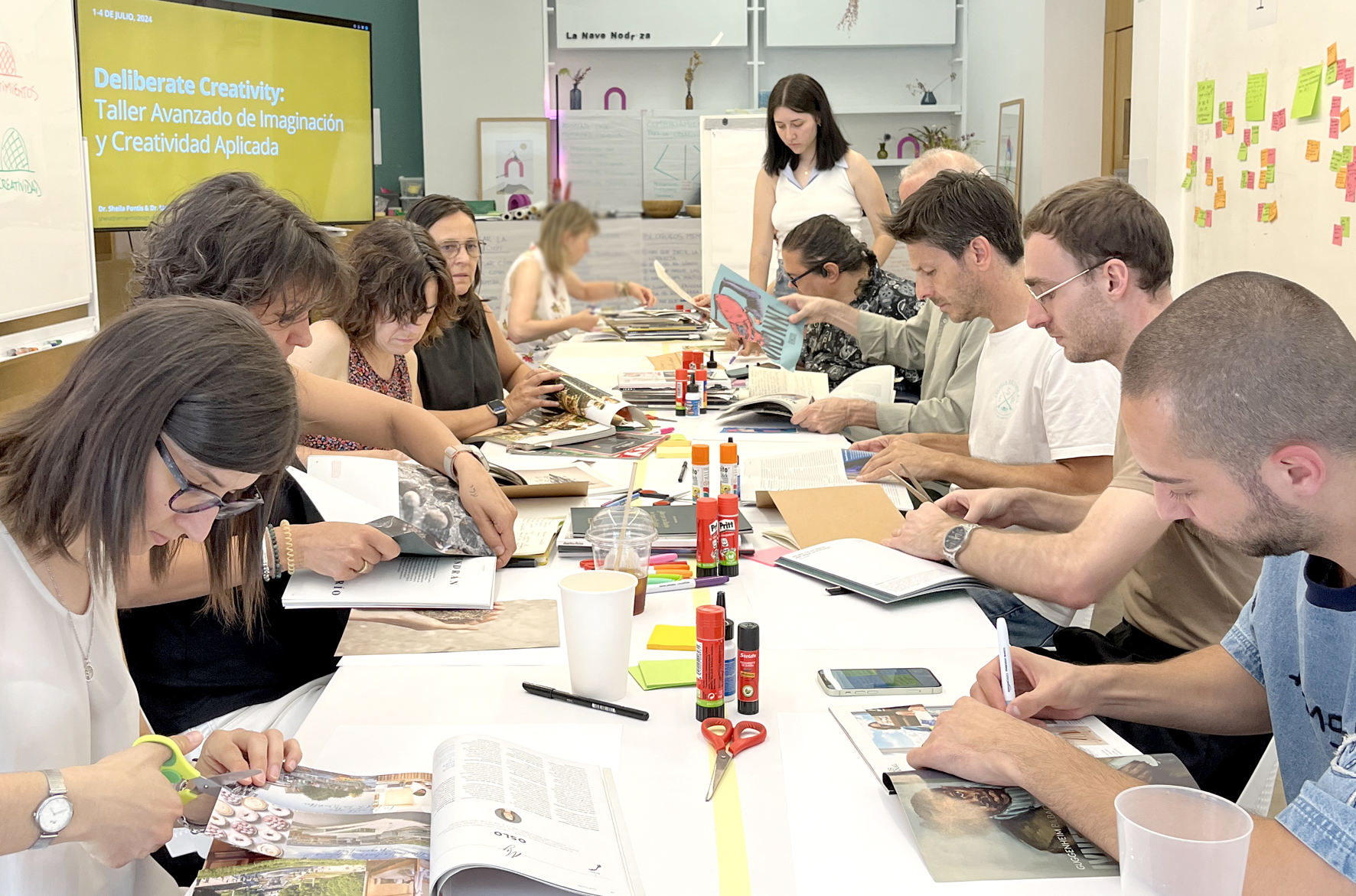
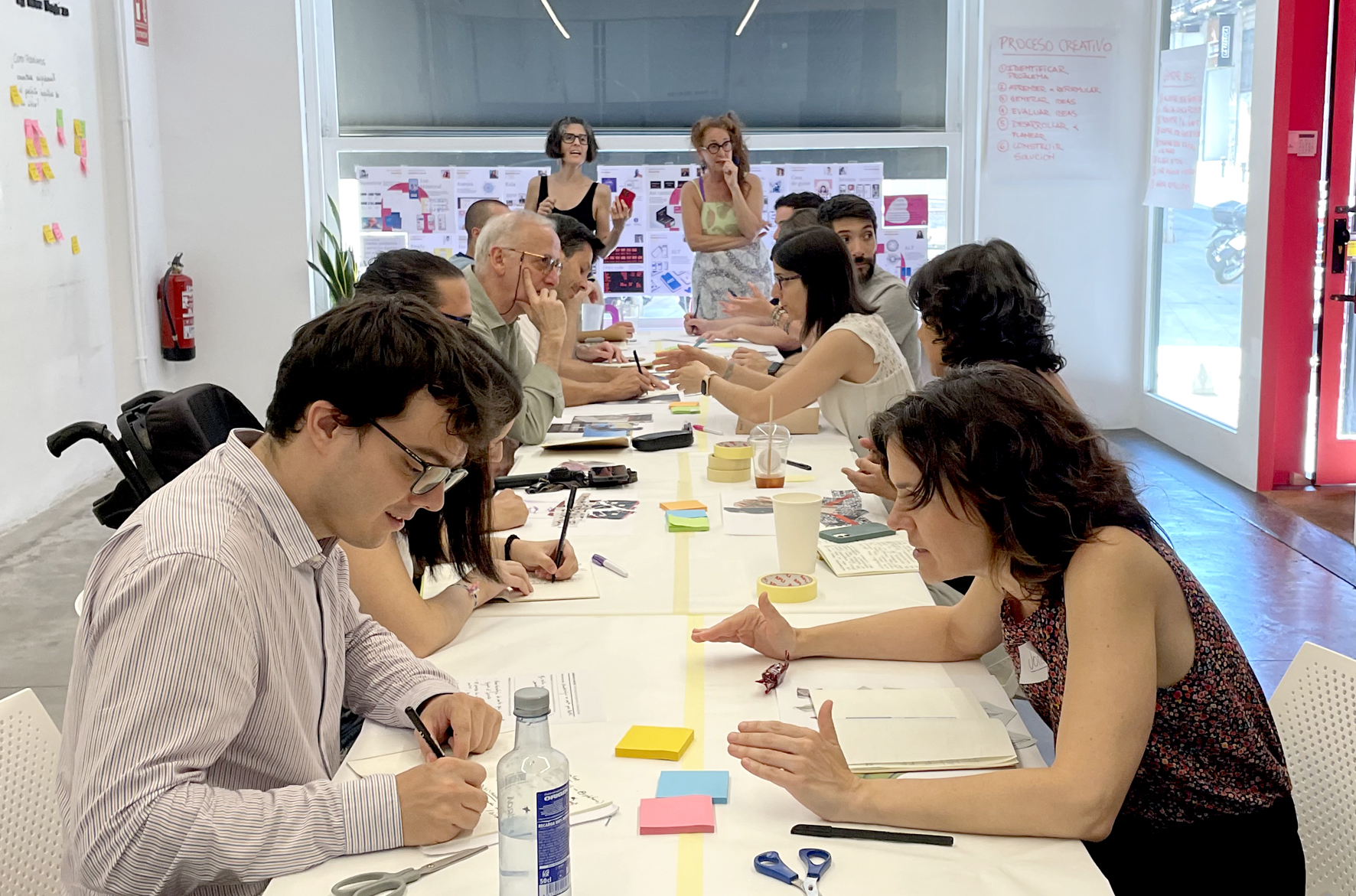
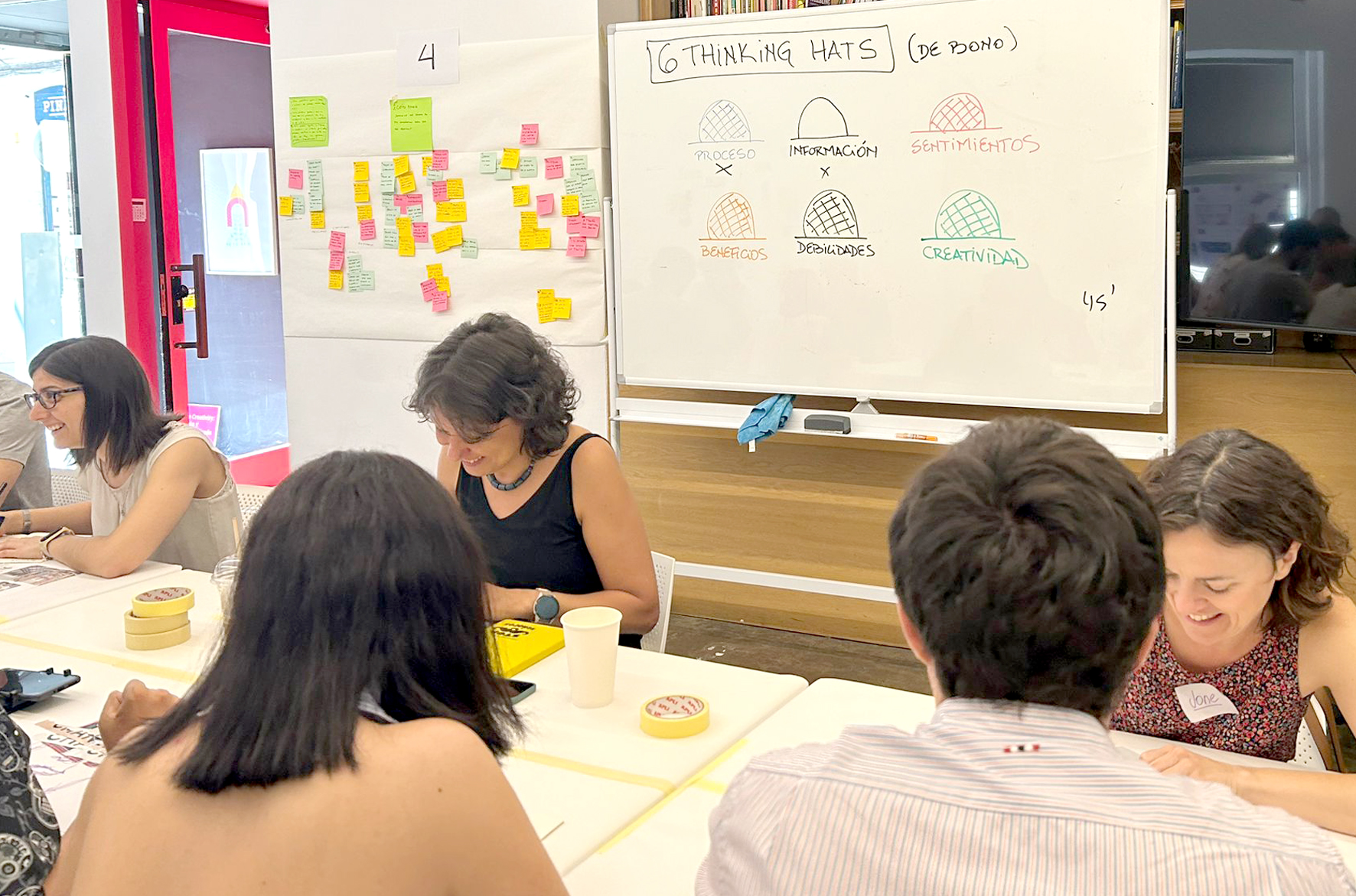
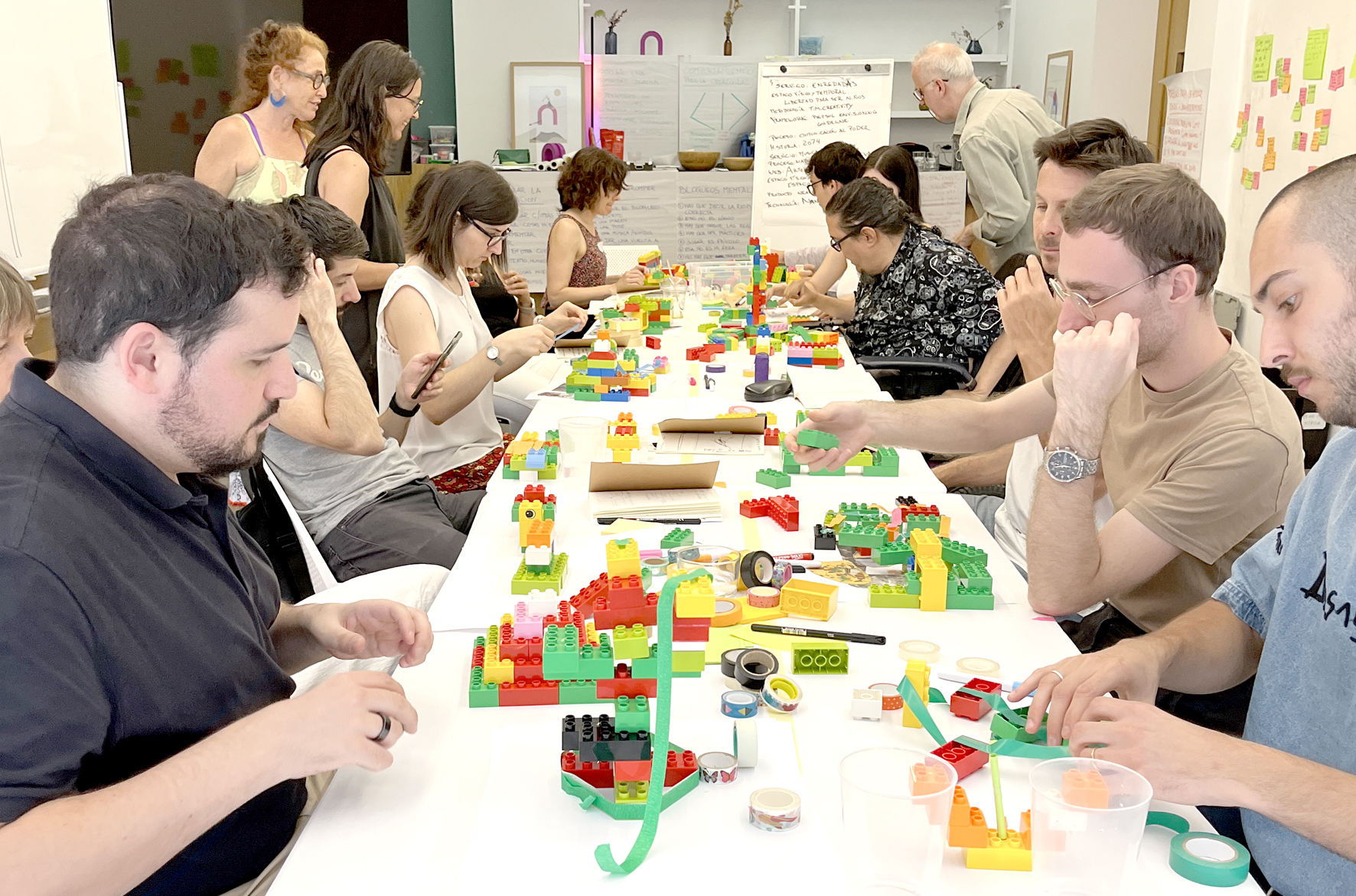
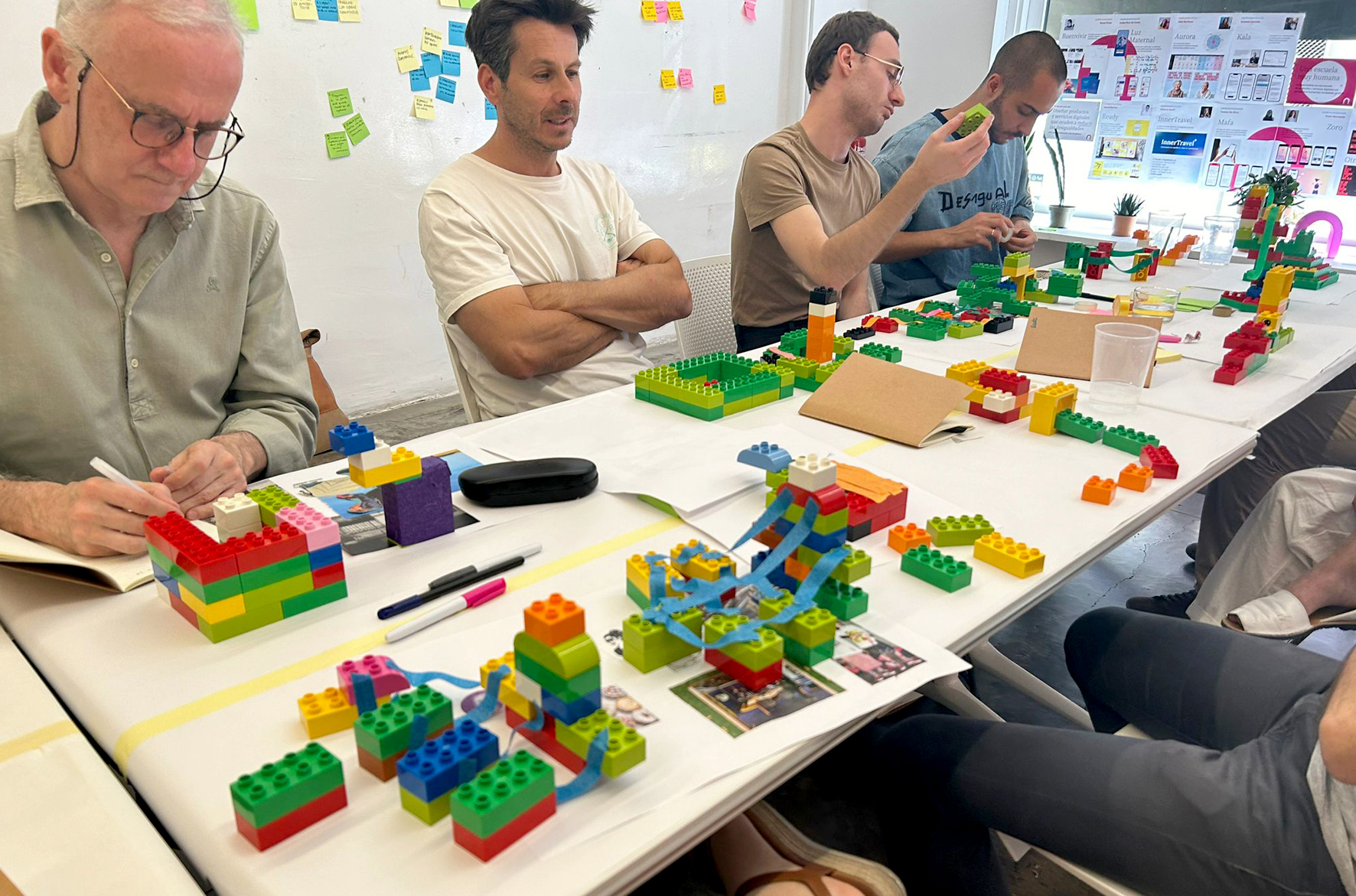
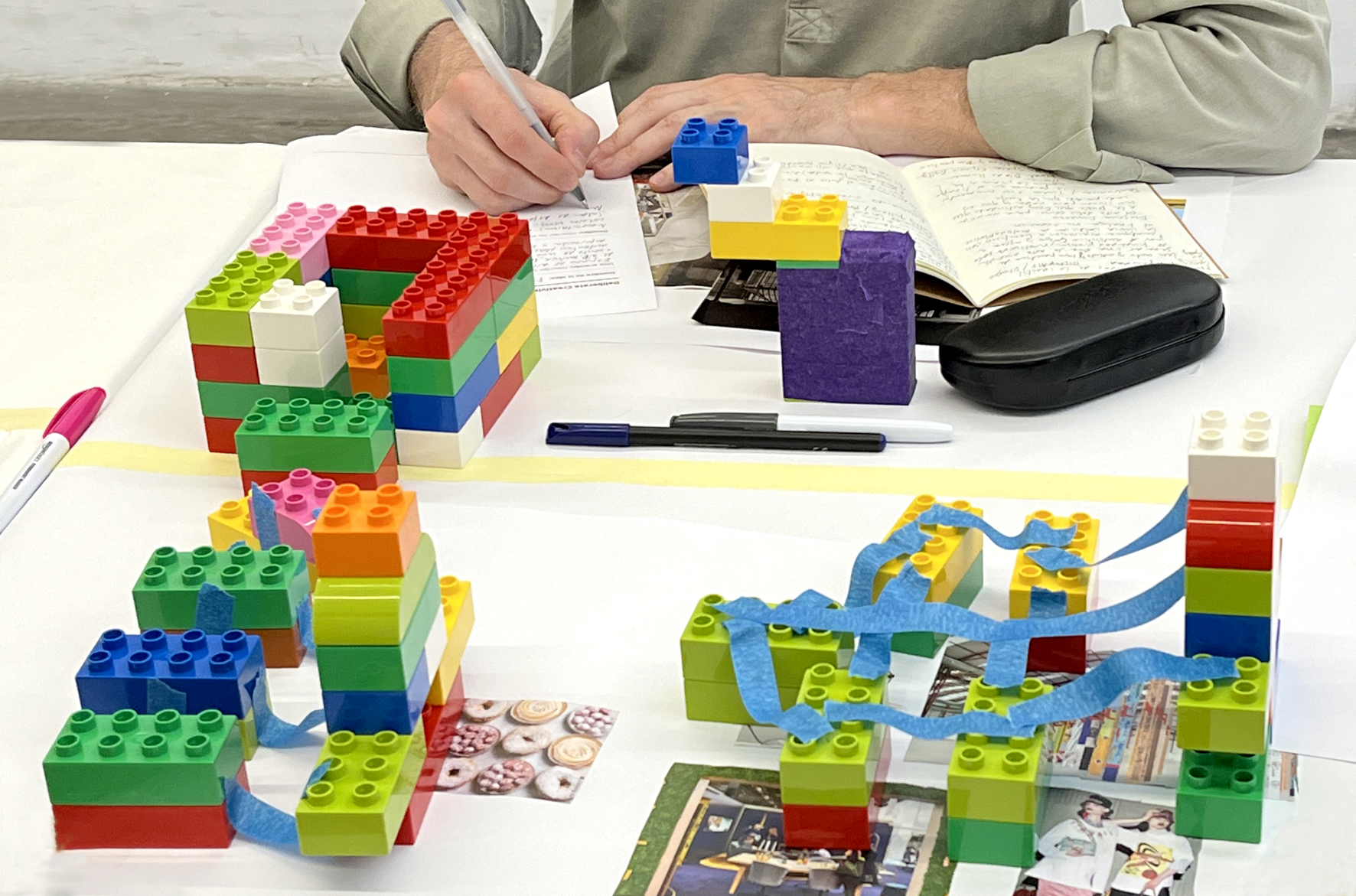
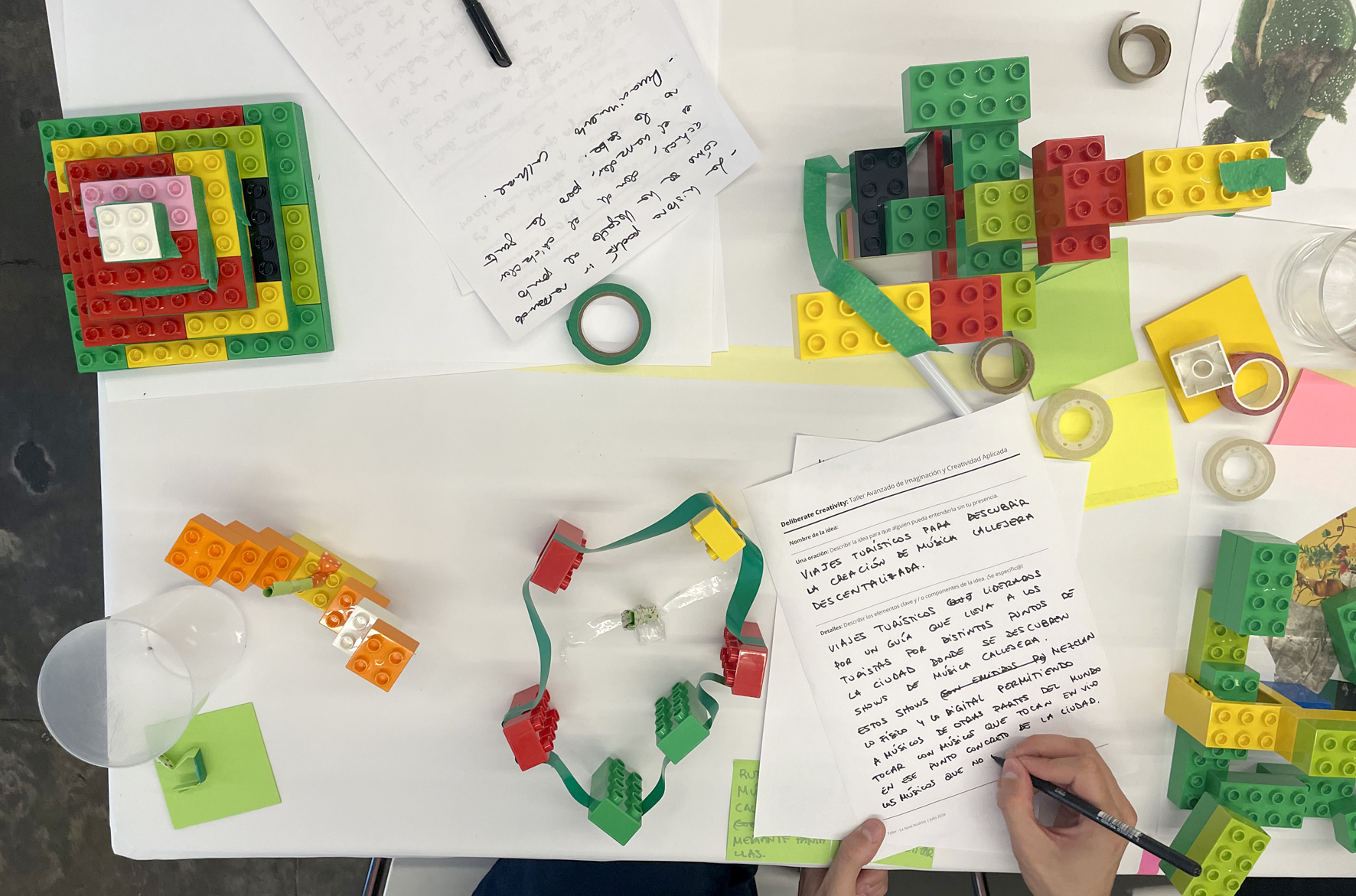
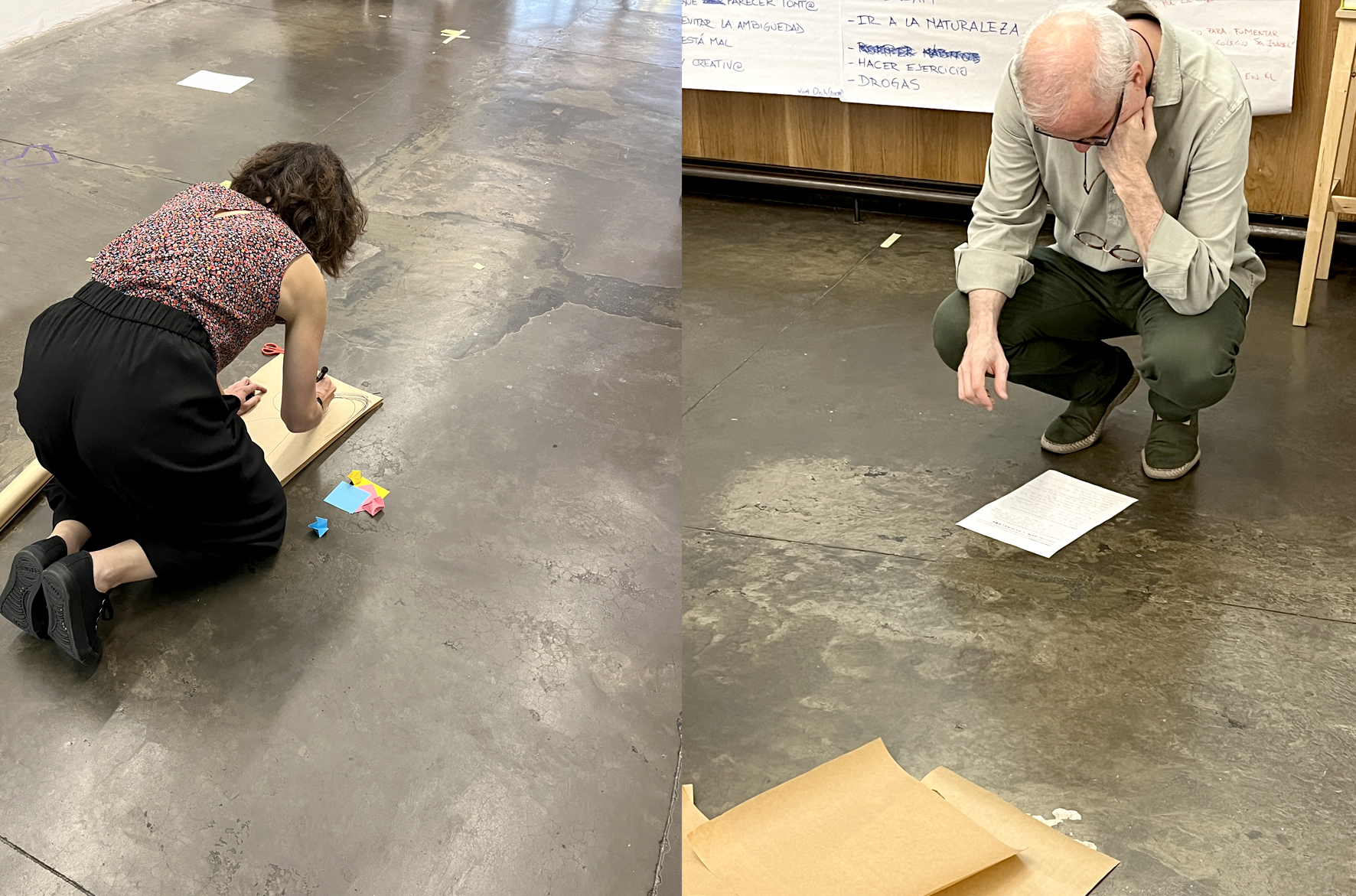
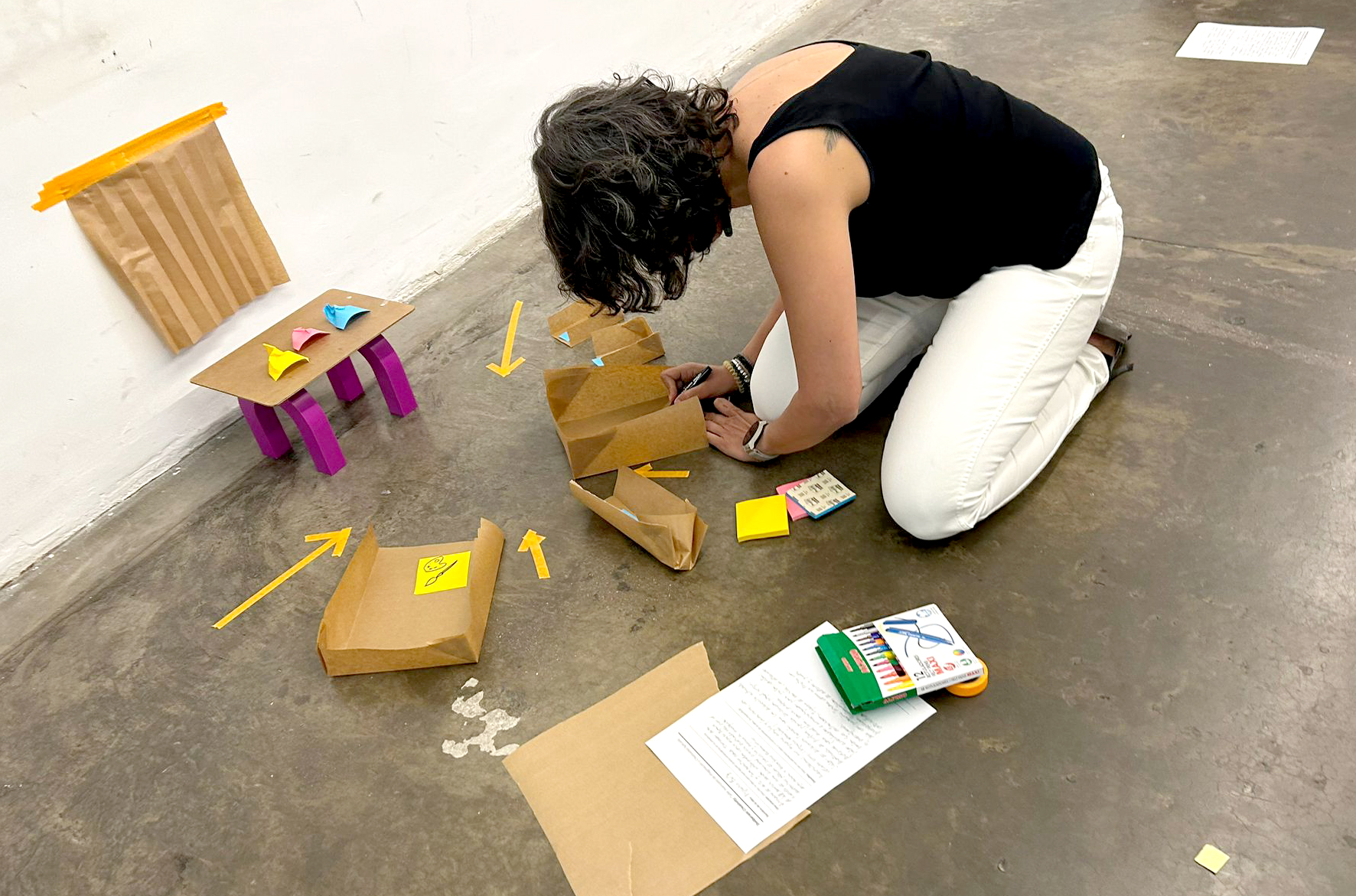
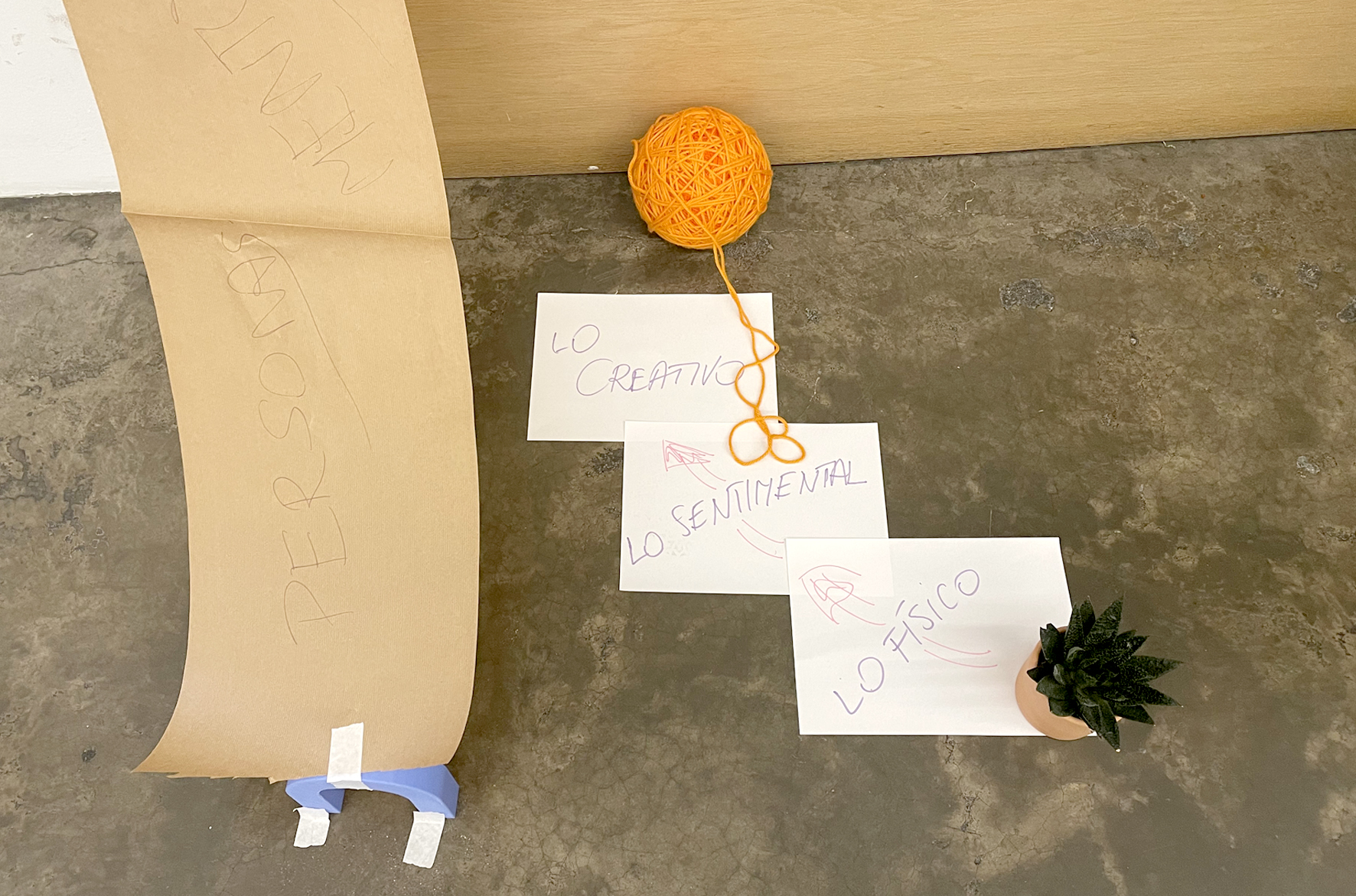
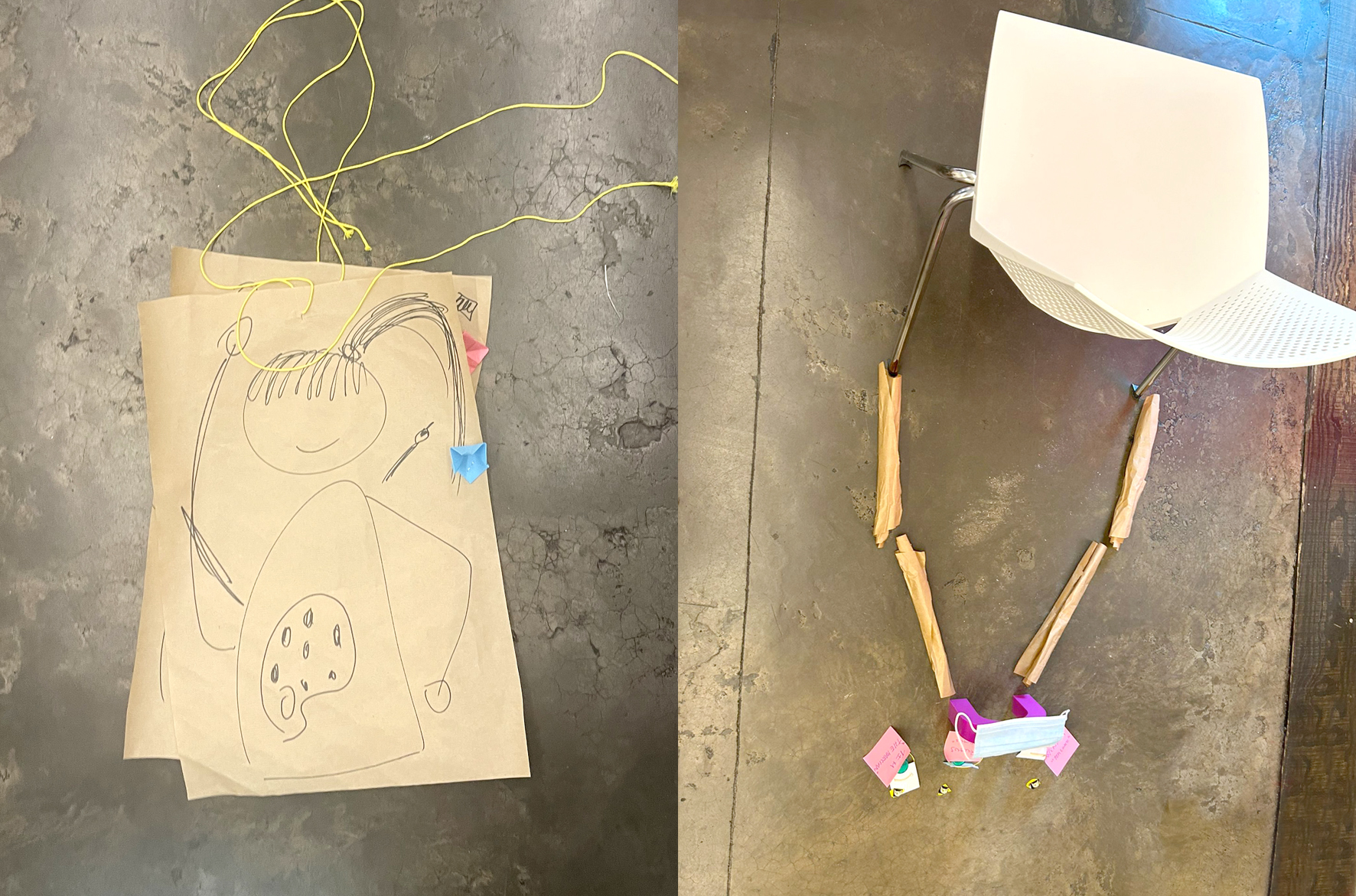
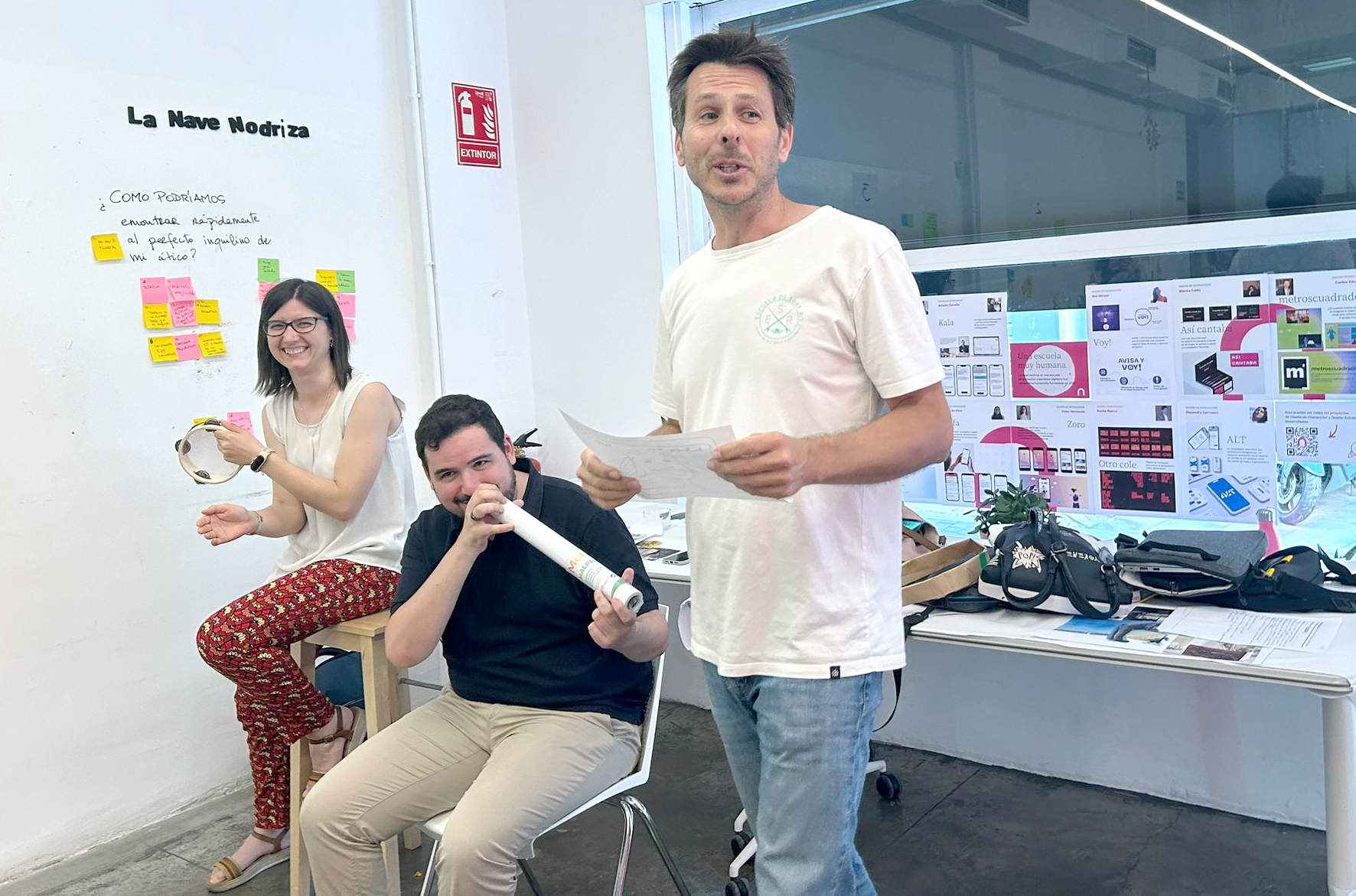
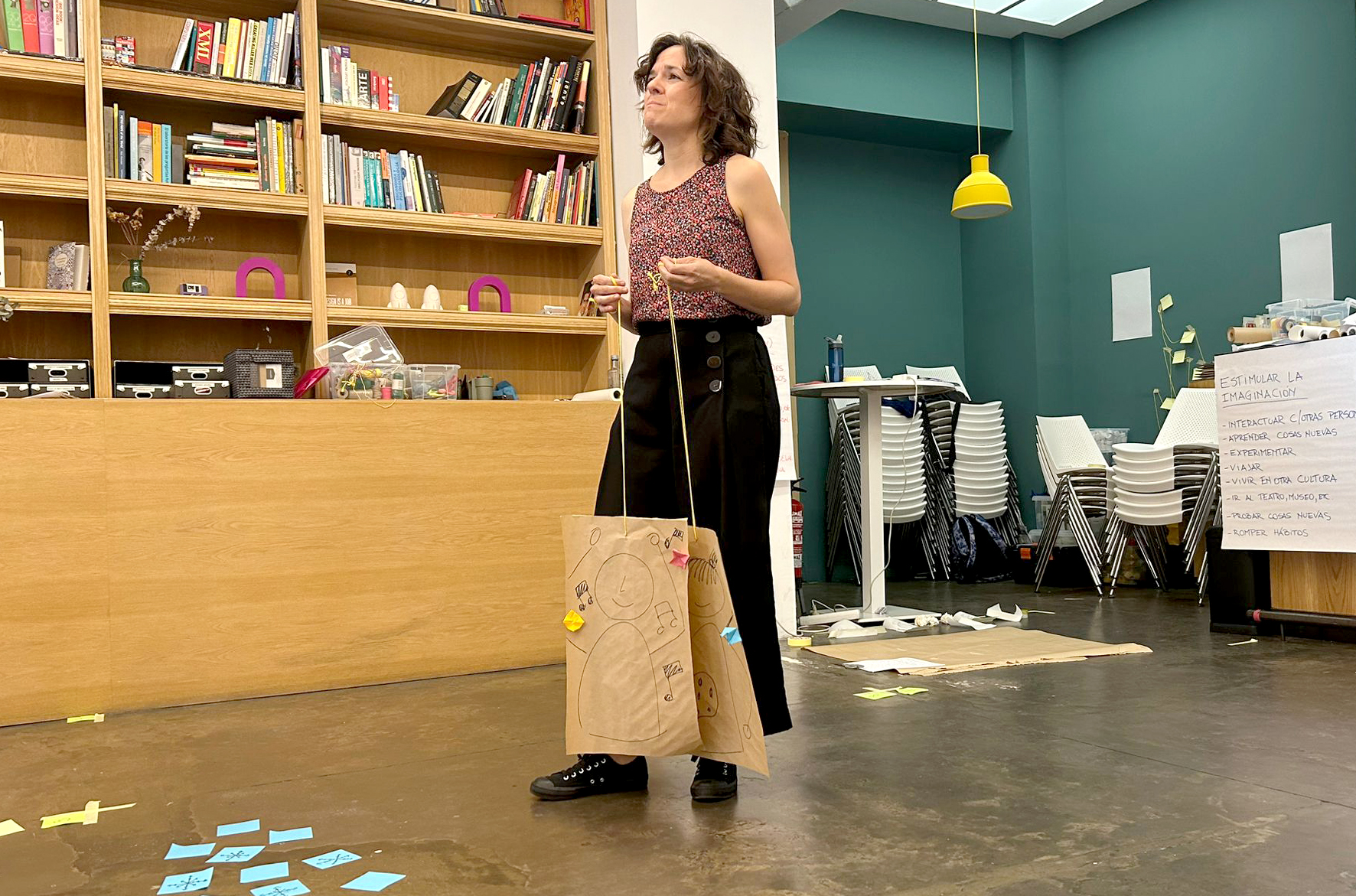


Leave a Reply